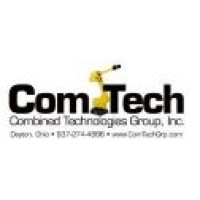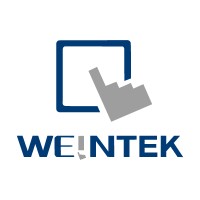
Combined Technologies Group Inc.
Combined Technologies Group is a Robotic Automation and Special Machine Integrator servicing the Die Casting sector. As a Turnkey Systems provider, we follow your project from concept to the installation and production startup. By offering a full line of trim presses and degate saw machines, extraction, spray, ladle, part palletizing, vision, quality control and inspection robotic applications; we can handle your smallest to largest projects from concept to completion.






